The Battle of Waterloo decided the fates of both Napoleon Bonaparte and Europe as a whole 200 years ago. Today, the small Walloon city still boasts lot of remnants of that famous battle. Trot Op! took a discovery tour and captured the most important stories.
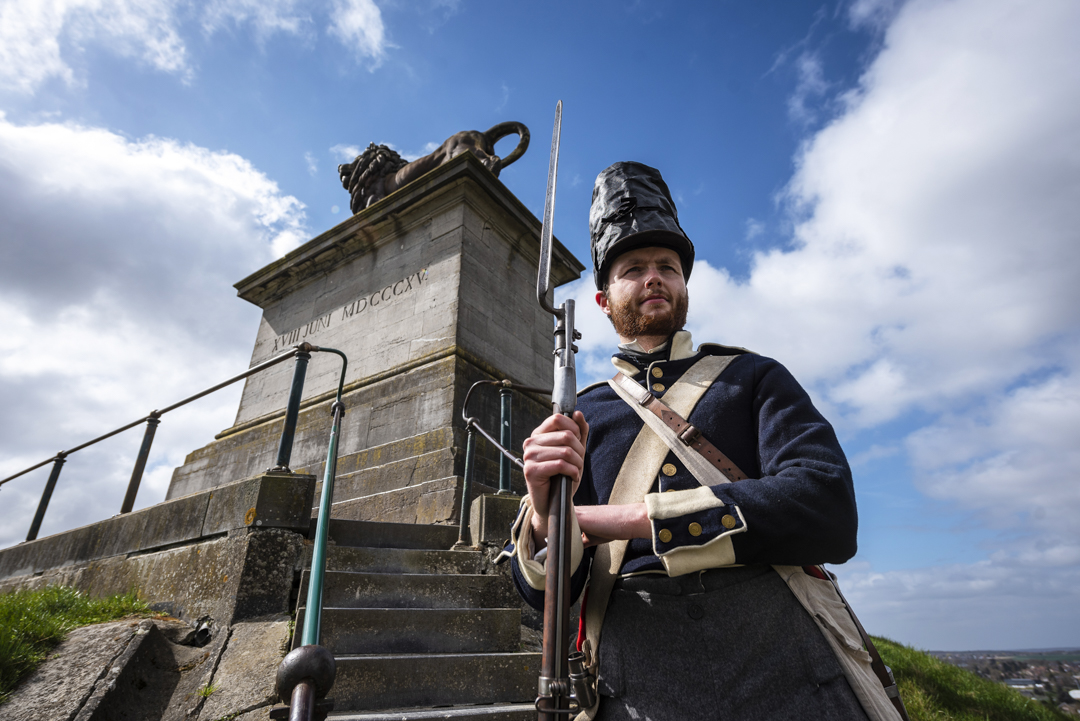
Walloon Brabant was once described to me as ‘barely in the top ten of most interesting Belgian provinces’. That wasn’t very nice – there are but ten – but it doesn’t mean there couldn’t be a grain of truth in it. It’s by far the smallest of our provinces. It doesn’t have any large historic cities, and if you buy a ticket to the Walibi theme park, you’ve already visited the main tourist attraction. Still, this unassuming place decided the fate of the whole continent in 1815. This is when Napoleon Bonaparte was finally defeated on the Battlefield of Waterloo, by an allied army led by the British and the Prussians. Today, a lot of this history can be relived in and around the city. And since the whole country is still in lockdown and I barely have any actual work, I might as well go for it right now. Or as Napoleon said it himself: ‘Alea iacta est!’*
*Napoleon did not say this himself.
What to do in Waterloo: tracing Napoleon’s footsteps
It was probably no fun being Napoleon. The man was the greatest conqueror in recent European history – Hitler doesn’t count: not a nice guy – and was even crowned emperor by the pope himself. Nice resume you’d think, but what did it buy him in the end? An Abba song about his biggest defeat, a bag of sour candy with his face on it and having the honour of becoming the scientific name for short man syndrome*. You’d go sacrebleu all day as well.
His eventual defeat did not come as a huge surprise. After a truly disastrous winter campaign in Russia – 20.000 of his 500.000 soldiers made it back home – Napoleon was banned to the island of Elba near Corsica. That wasn’t the greatest choice in hindsight, mostly because it’s located about two pool lengths away from the mainland. Less than a year later the guy was back in Paris for round two, with a brand new army behind him. He was probably called many things in his day, but lazy wasn’t one of them.
This new conquest came to a bloody conclusion in Waterloo. The battle raged on for an entire day, with Napoleon’s troops trying to breach the British defences. But when the Prussian army suddenly appeared on the French flank after a gruelling march, it was game over. Napoleon surrendered to the British after a wild flight, and could start preparing himself for a new and this time permanent banishment on Saint Helena. This is a tiny island 2.000km from the Angolan coast. Try swimming back to Paris from there, monsieur. End of story for Napoleon, but not for us. Let’s dive into history and look for the most interesting locations you can still visit in and around Waterloo today.
*Napoleon was far from a midget by the way. The jokes about his length came mainly from British caricatures.
1. The Memorial Museum
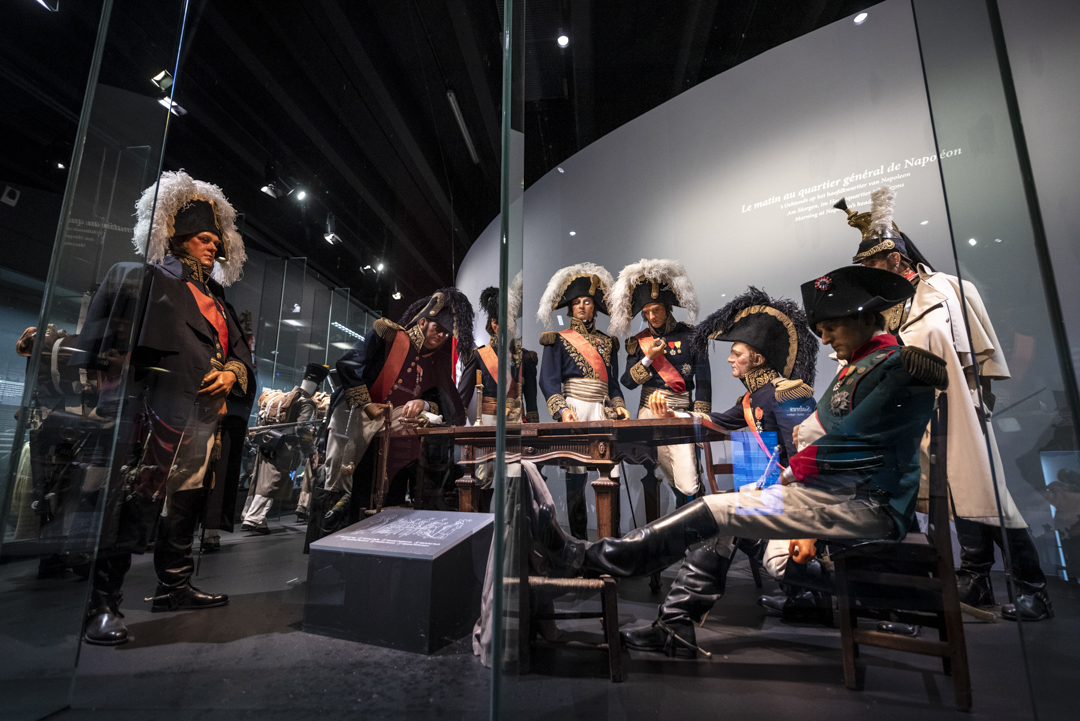
Want to know all about the Battle of Waterloo but are you a lazy bum who doesn’t want to drive all over town? The new Memorial Museum right next to the famous lion is the perfect one stop shop for you. This subterranean building houses a colourful and interactive collection, making it fun enough for even smaller children. You can marvel at a truly gigantic model of the battlefield near the entrance. One very dedicated dude painted all of the little soldiers by hand over several decades. Deeper in the building you’ll find half an army of wax statues wearing all sorts of original uniforms, and in a movie theatre you can watch a surprisingly well made video in 4D (that’s how they call it these days) about the battle. You’ll feel the cannon blasts vibrate all the way up your spine. Because of corona they’re temporarily not showing the 3D version. Otherwise someone would have to disinfect all of the glasses and who wants to do that, right?
With the same ticket, you can also visit the panorama next door. This is a painting of the battle, made in 1915 to celebrate its centennial anniversary. It’s 12m high and over 100m long and is showcased in a specially designed circular building. It was supposed to be a temporary exhibition, but nobody was able to make it due to that pesky WWI, so they made it permanent. Certainly worth a look. www.waterloo1815.be
2. The Lion’s Mound
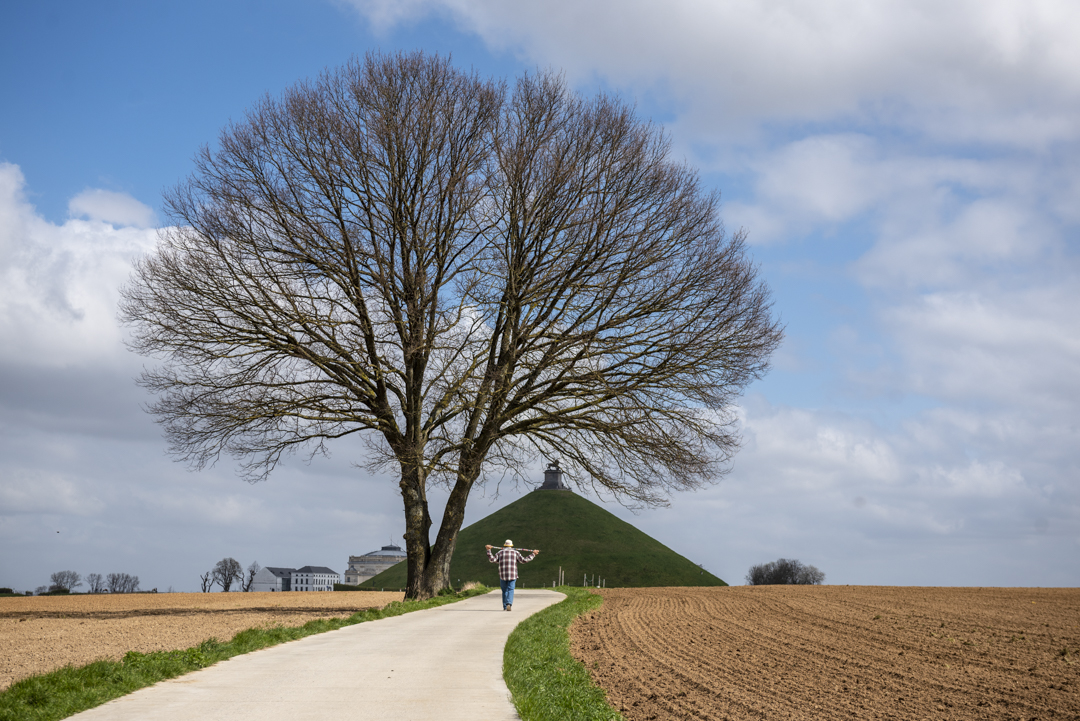
The Lion’s Mound of Waterloo (La Butte du Lion) is probably the most famous landmark in Belgium you’ve never actually visited – maybe right after the Atomium in Brussels. From its mound, the lion looks out over the battlefield – which is surprisingly pretty by the way. The whole area is protected, and the rolling hills and fields look almost exactly like they did on the eve of battle. What few people know is that this monument wasn’t built by the Belgians or the British, but by the Dutch king Willem I. It was finished four years before we declared our independence and kicked his orange ass back over the border. Wellington – the British commander – wasn’t a fan by the way, and apparently thought ‘those dumb Dutch assholes massacred his battlefield with that monstrosity’. Haters be hatin.’
Lots of re-enactments with original guns and cannons are organised around the lion and the museum in summer – put your fingers in your ears or you’ll regret it. You can go on a battlefield tour with a costumed soldier as well. If you like – and when corona is finally gone – you can even go on a uniformed teambuilding or drill. Every couple of years, there’s a giant, spectacular re-enactment of the battle as well. The next one is planned for 18 June 2021, but since we’re vaccinating about two people a day in this country, I’d doubt it.
3. Three museums in three farmsteads
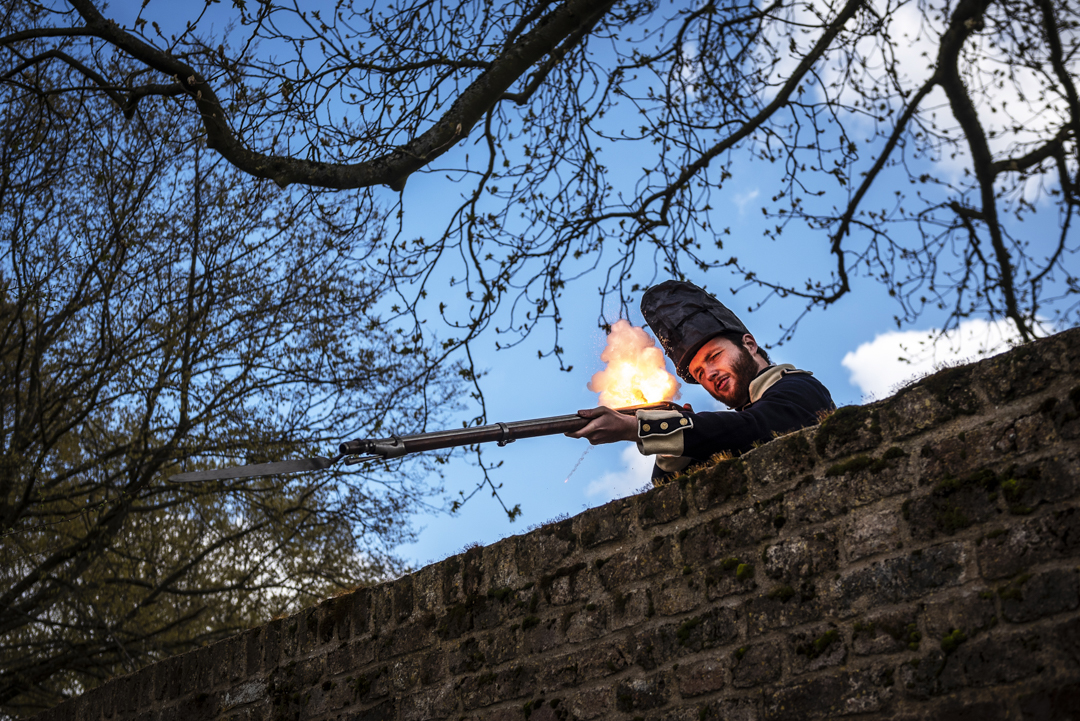
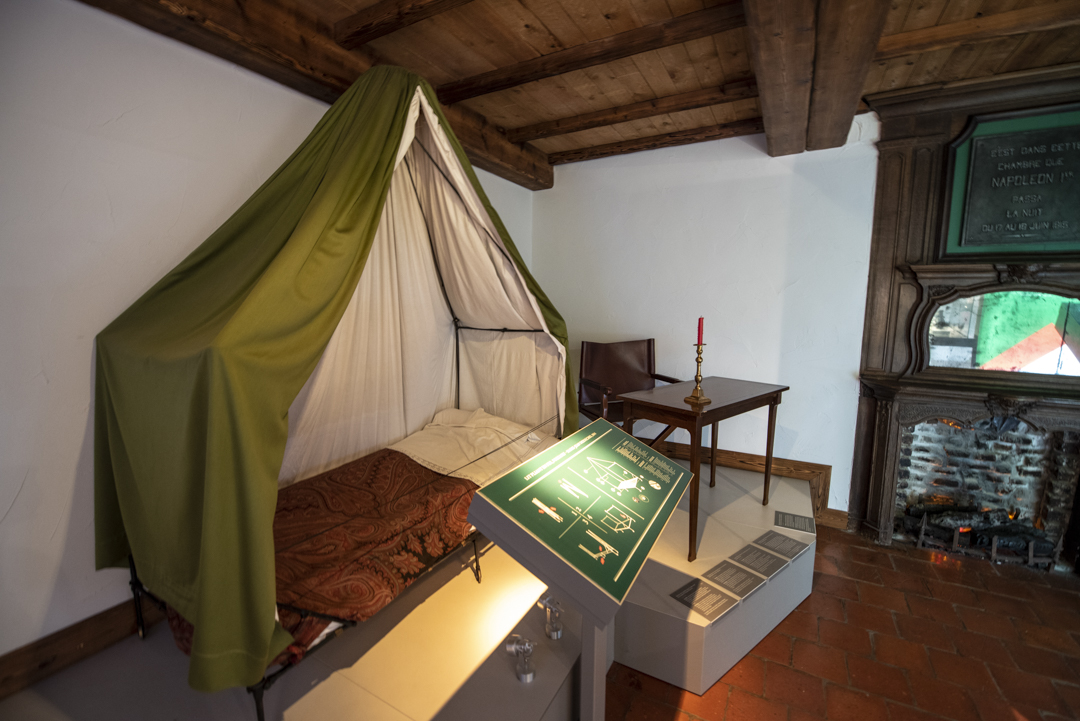
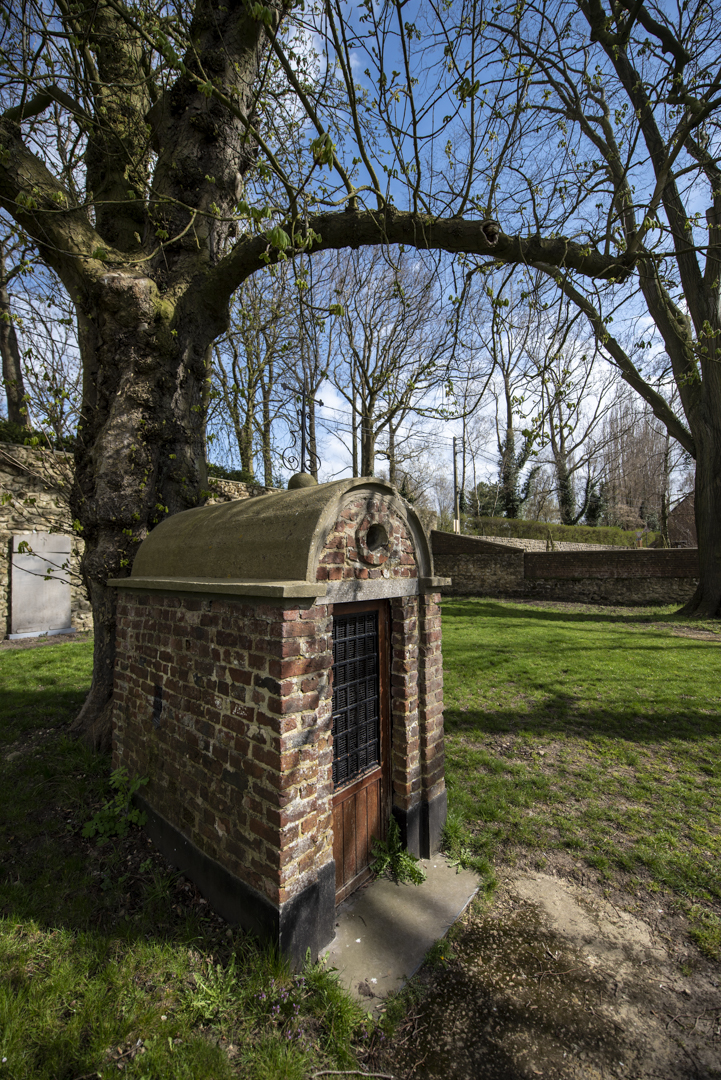
Want to know even more about the Battle of Waterloo’s main players? There are three more museums to visit, all of them located in historic farmsteads which played an important role at the time. The fortified Estate of Hougoumont can be visited with the same ticket mentioned above. It was defended by British soldiers against vastly greater French numbers and quickly became the bloodiest place on the whole battlefield. Inside you can enjoy an impressive audio-visual spectacle to relive the whole story in detail. You can also spend the night here and pedagogically play with some farm animals if that’s your thing.
The La Caillou Farmhouse lies a bit further and served as Napoleon’s last headquarters. Here you can take a look at the emperor’s original and surprisingly modest field bed, and discover a lot of details on his life and work. The same story from the allied side is showcased in the Wellington Museum in central Waterloo. Here you’ll find out all about the life of the British Field Marshall and his geriatric Prussian colleague – Generaal von Blücher was a burly man in his seventies. www.dernier-qg-napoleon.be, www.museewellington.be
4. Ferme de Mont-Saint-Jean
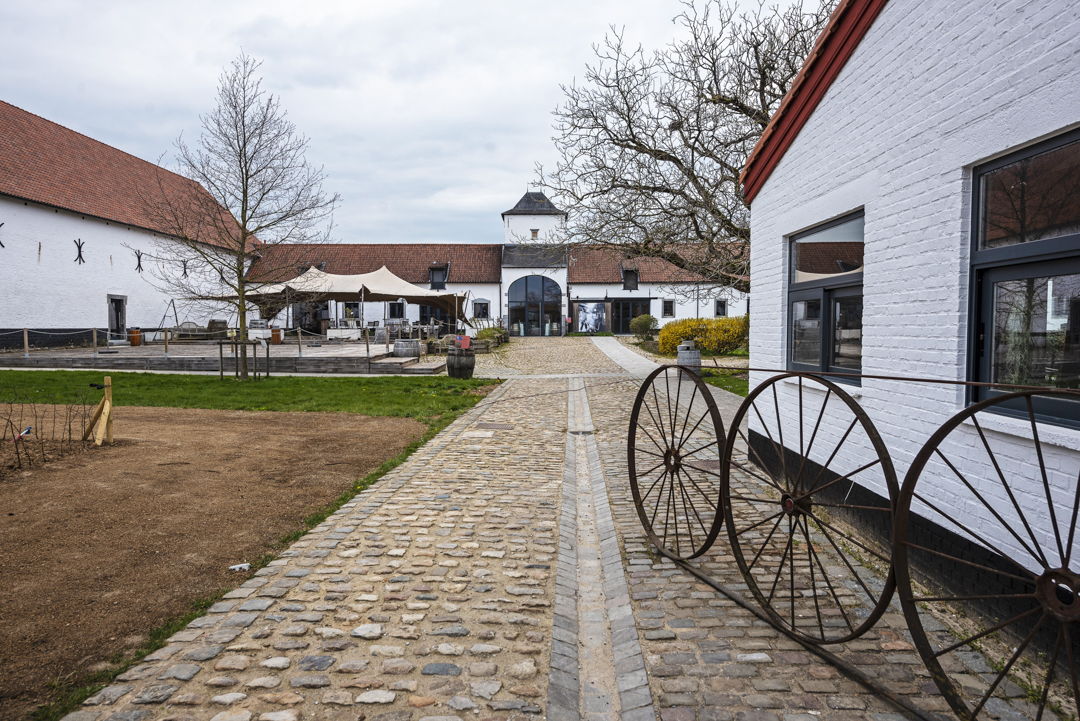
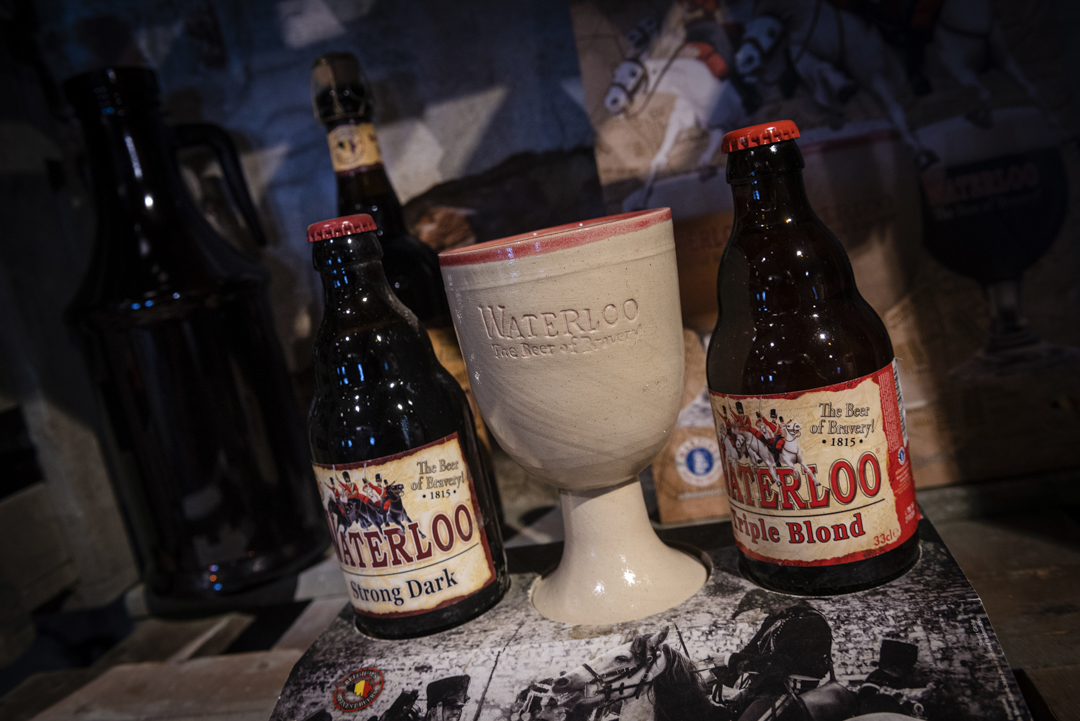
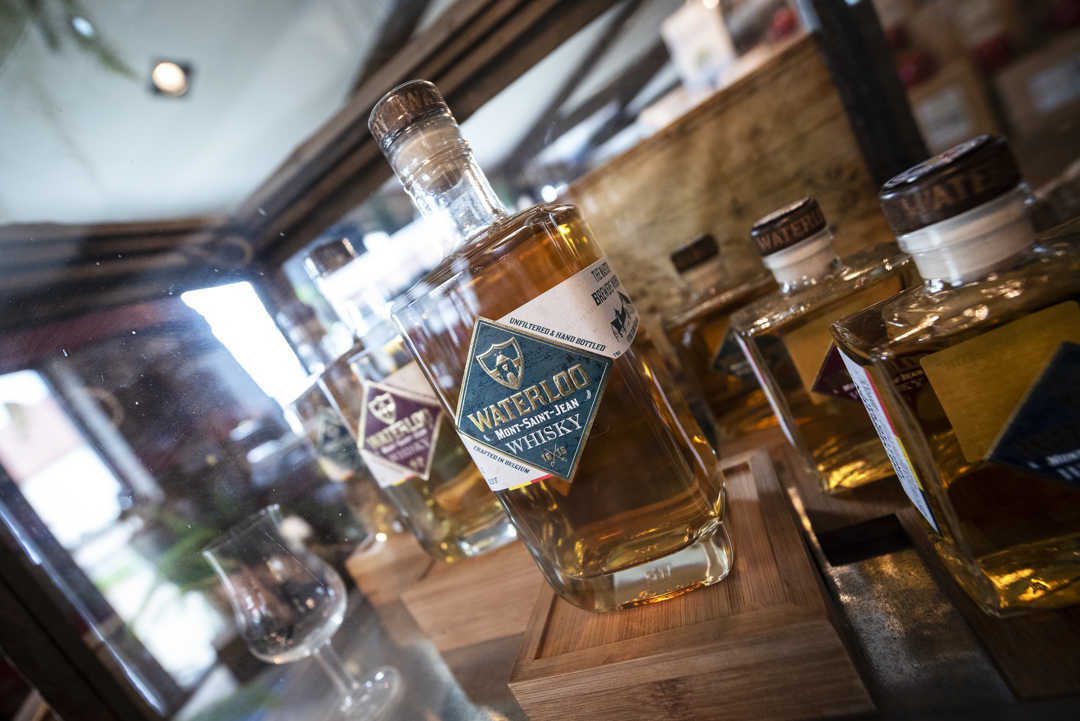
Ferme de Mont-Saint-Jean is another historic farmstead – dating from medieval times – but deserves a separate mention. During the Battle of Waterloo, this was the main British field hospital. Thousands of soldiers were treated here, and it’s said whole mounds of amputated arms and legs were stacked into all four corners of the courtyard the days after the battle. To honour this history, a small but very interesting museum on field surgery was housed in one of the buildings. The instruments and drawings leave little to the imagination. Next time you get a tooth drilled at the dentist, stop crying like a toddler and be glad anaesthesia exists.
Just as interesting are the brewery and distillery hidden in the complex. The same people running Bourgogne des Flandres in Bruges started brewing Waterloo beer here in 2015. Some of the variants are quite heavy, and they are served into handmade chalices worthy of the knights of the round table. Recently they started making gin and whisky as well. A brand new restaurant is being finished as we speak, and as from May, antique markets will be organised in the courtyard. Very nice place and right across the road from the Lion’s Mound. www.fermedemontsaintjean.be
5. Fondation Folon and Domain Solvay
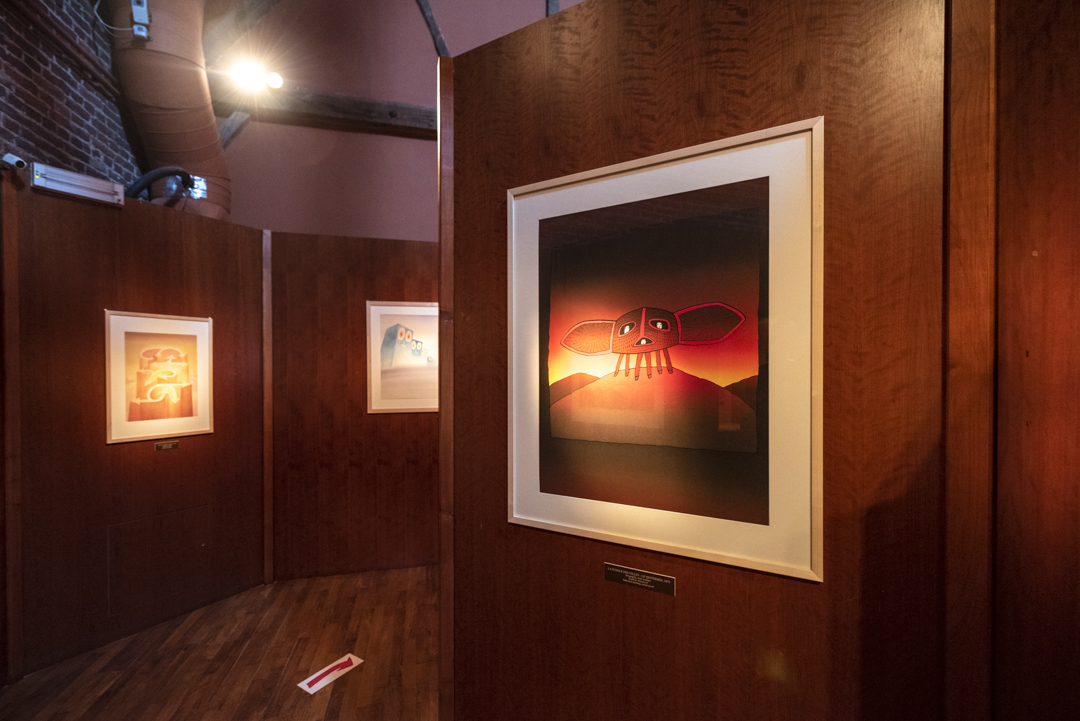
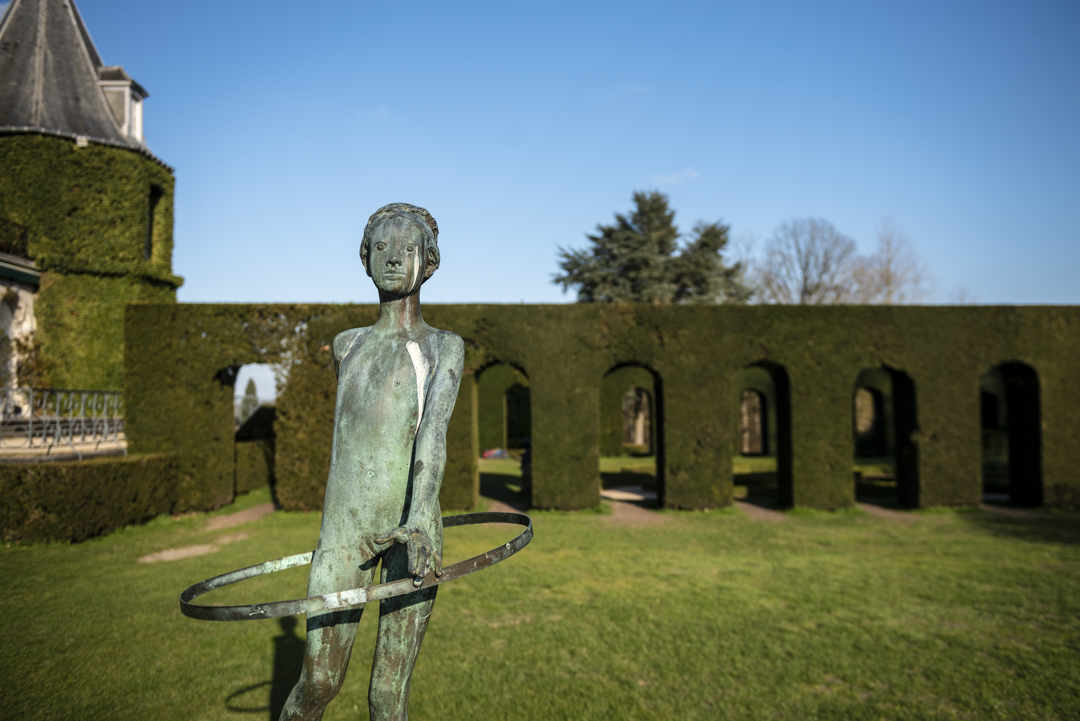
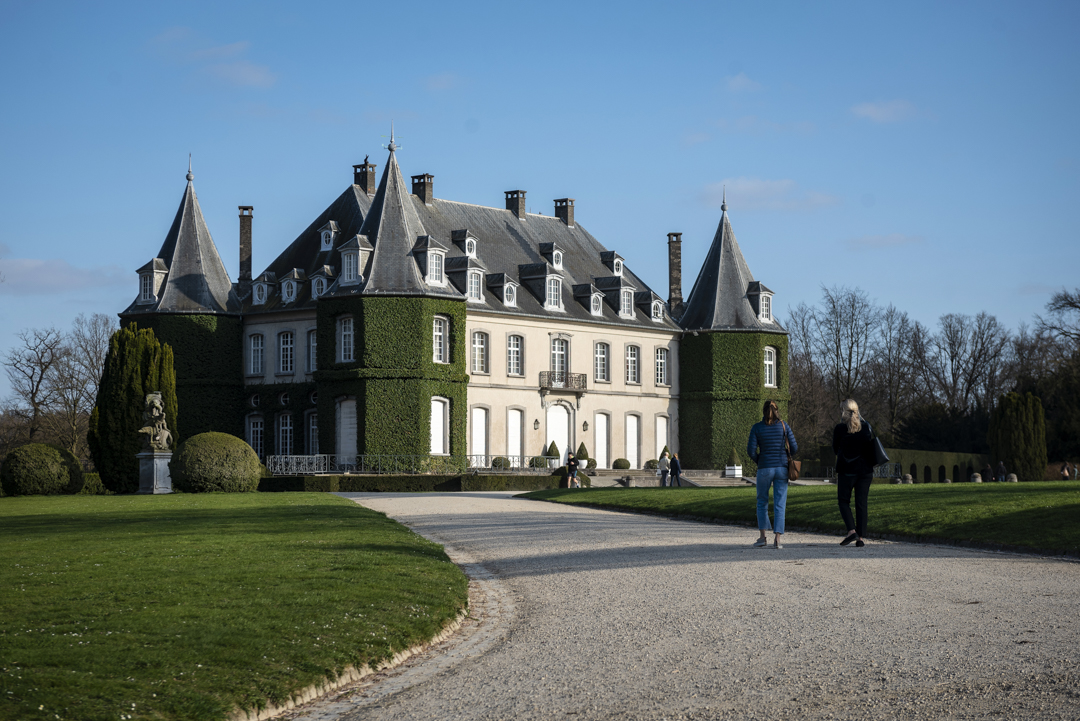
Walloon Brabant might not have that many tourist hotspots, but it sure has a lot of beautiful nature. The Sonian Forest stretches out all the way to Waterloo, and Domain Solvay in nearby La Hulpe is a gem as well. This park has nothing to do with Napoleon – maybe he ate a croissant here once, who knows – but it would be sad to miss it just because of that. It’s a vast and beautiful area full of forest and water, with a romantic castle overrun by ivy on a scenic hill.
Fondation Folon can also be found in this park. This is a large and eccentric museum showcasing the Walloon artist with the same name. In life, Jean-Michel Folon was pretty famous. The man made campaigns for a lot of NGOs and his art was published on the cover of the biggest US magazines, but in the Dutch part of Belgium barely anyone knows him. It’s pretty tragic how a country so small is divided into two almost completely separate universes. Folon was most known for his aquarelles and etches, and painted colourfully and stylised pictures, often with symbolic messages on society and humane issues. Very interesting guy, who deserves more recognition in the other part of the country. www.fondationfolon.be
Hotels in Waterloo
Because none of the good hotels in Waterloo were open – covid of course – Visit Wallonia (thanks Morgane) decided to host us in the beautiful Dolce La Hulpe in Domain Solvay. It’s right in the middle of nature, houses a lot of spacious rooms, a big wellness centre and plenty of sports facilities – including an indoor pool. You can also rent a bike here to discover the area on two wheels. www.dolcelahulpe.com
Want to read more on Waterloo, Walloon Brabant or Wallonia in general? Surf to www.visitwallonia.be.
Want to discover some other Walloon destinations, read my blog posts on Liège, Spa, Charleroi, Gaume or Viroinval.
















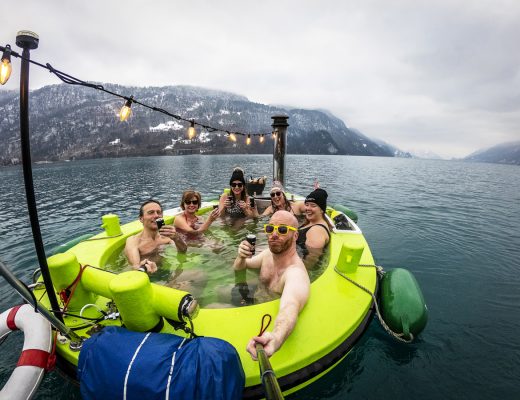



10 Comments
Stefan
April 22, 2021 at 3:20 pmDie re-enactments moeten zo leuk zijn daar! Schot gelost aan de leeuw was ook wel nice
mooie lichtinval en rare man op die laatste foto
Jonathan Ramael
April 22, 2021 at 3:51 pmKmoet het doen met de modellen die er zijn he. 😉
Wim
April 22, 2021 at 8:49 pmGeweldig geschreven ☺️
Jonathan Ramael
April 22, 2021 at 9:04 pmDankjewel Wim, we doen ons best! 🙂
Marc
April 29, 2021 at 9:55 pmZoals altijd weer goed en met humor omschreven wat er in waterloo te beleven en te bekijken is . Napoleon zou er zelfs naar toe komem na het lezen van uw blog , moest hij niet bang zijn om een tweede keer op zijn kop te krijgen .
Jonathan Ramael
April 29, 2021 at 10:15 pmMerci merci, we doen ons best. 😉
Bernadette Jans
May 4, 2021 at 8:27 pmStond nog op mijn to do lijst: blog over Napoleon lezen. zeer leuk geschreven – ik zit nog even na te smilen 🙂
Mooie foto’s trouwens ook!
Jonathan Ramael
May 4, 2021 at 8:30 pmDankjewel Bernadette! Zeker eens naartoe gaan en van het lijstje schrappen. 😉
tom
April 1, 2023 at 9:18 amwauw! Nadat ik dit las zal ik Waterloo zeker gaan bezoeken!
Jonathan Ramael
April 12, 2023 at 9:43 pmZeker doen! 🙂